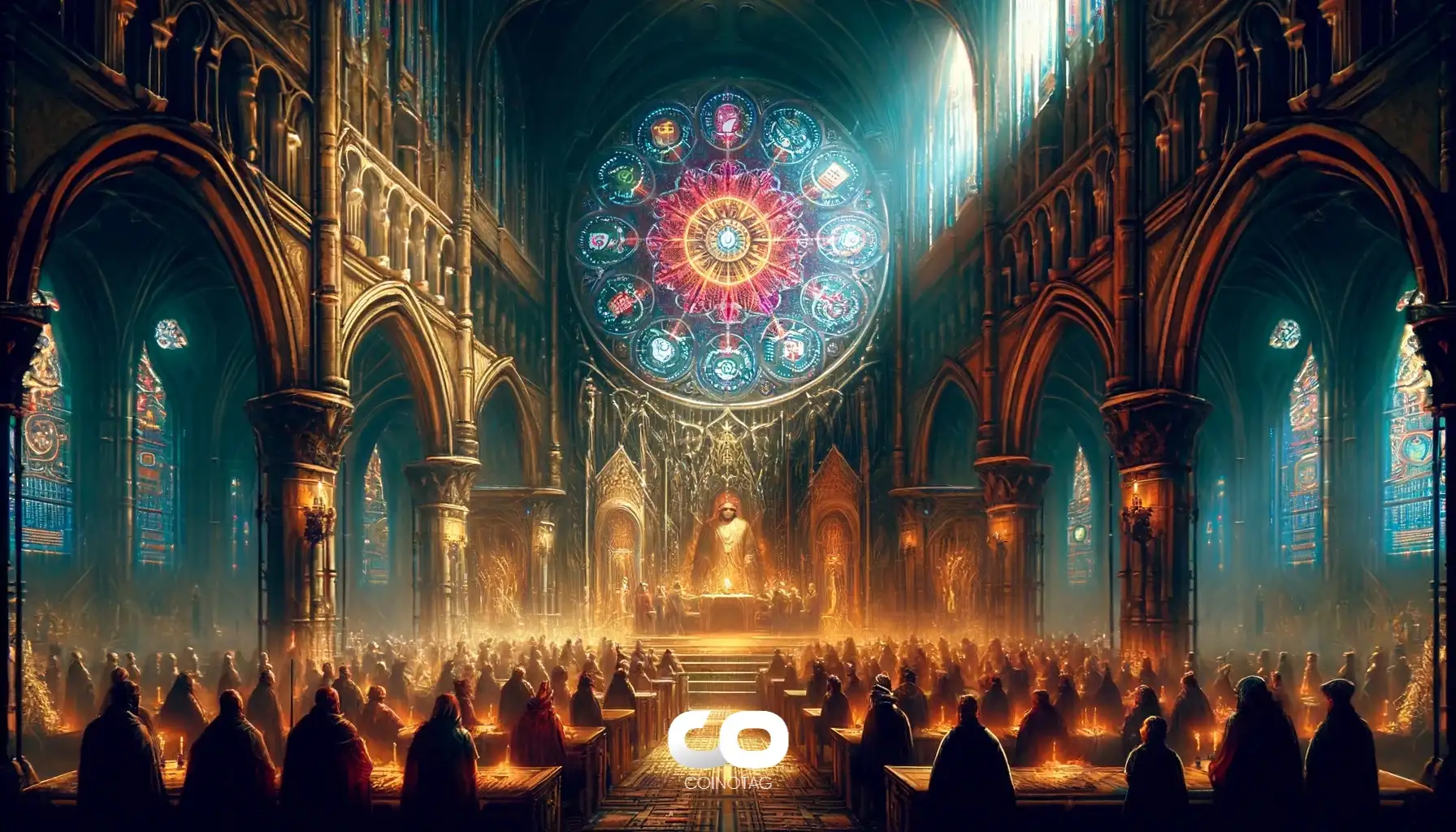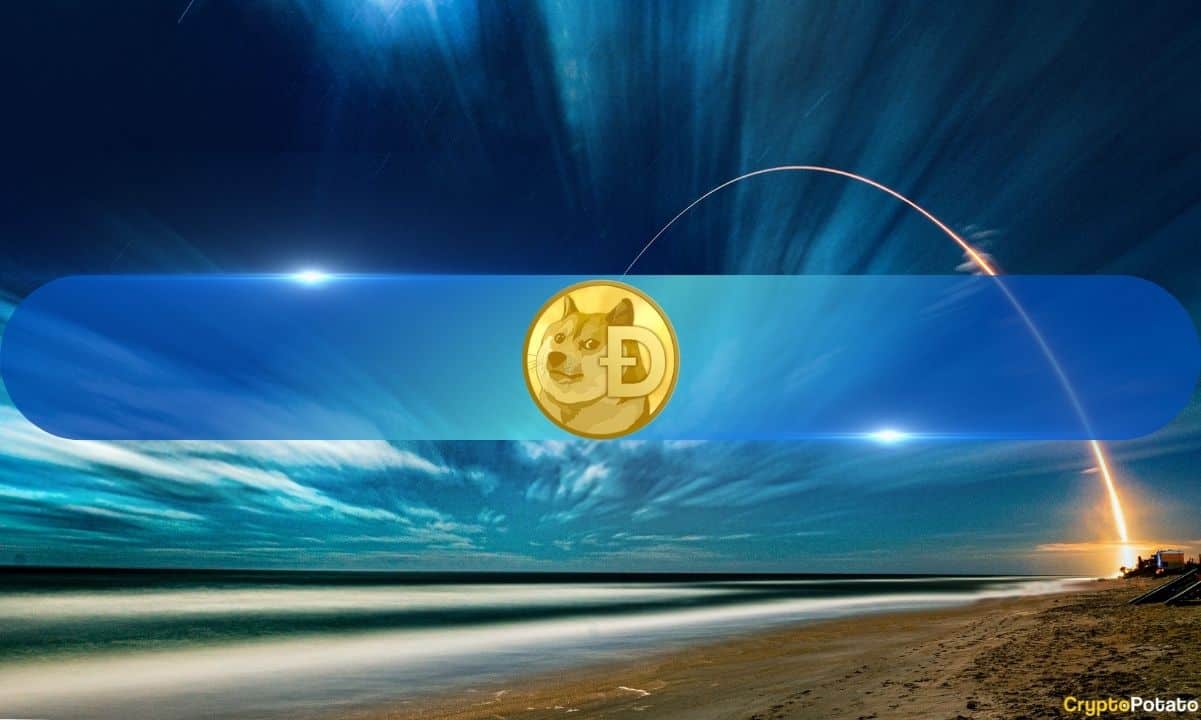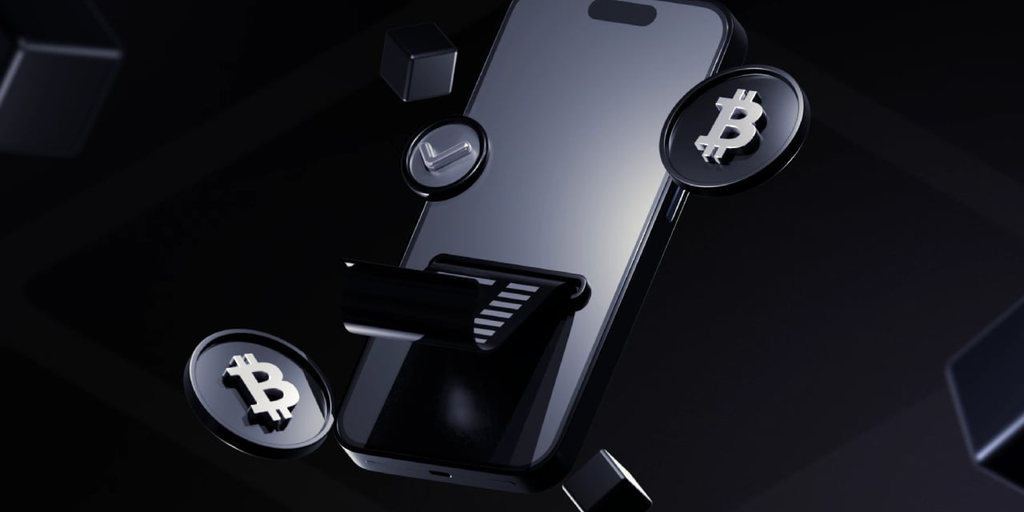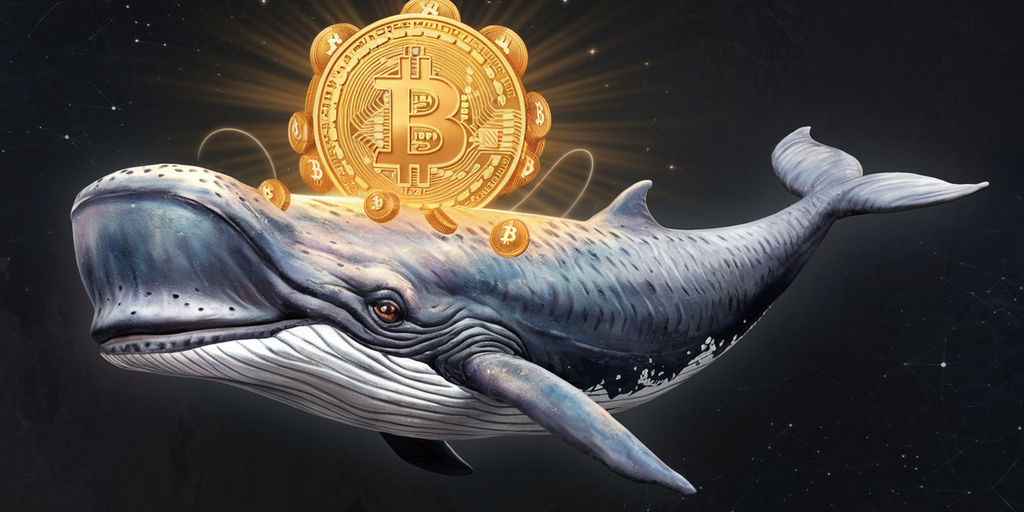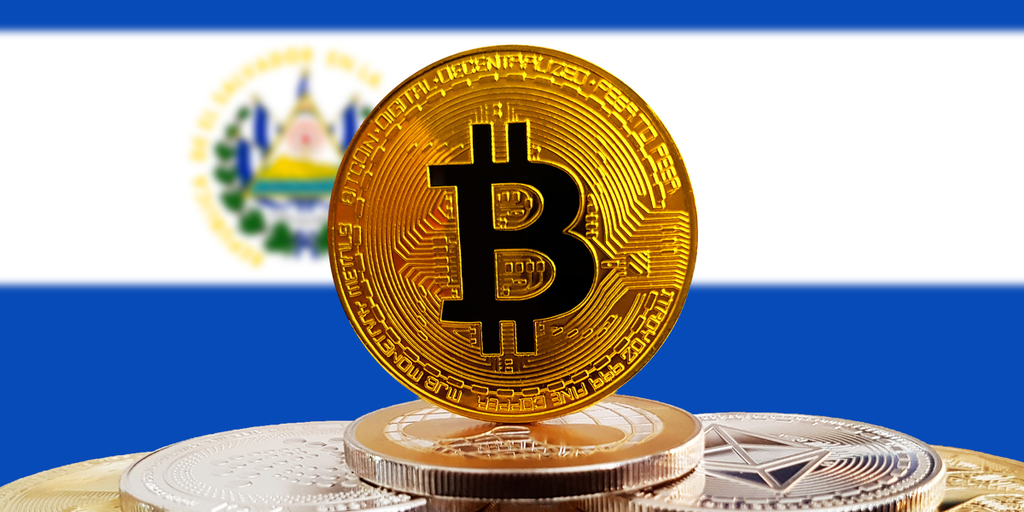Tron founder Justin Sun has boldly heralded USDD as the only “true decentralized stablecoin” in the entire crypto sector. Sun has made several promotional statements in recent weeks to rally the crypto community toward the stablecoin, ahead of the launch of USDD 2.0.
In a February 3 post on X, the Chinese-born entrepreneur asserted that USDD offers users “zero risk of freezing or rug pulls.”
Sun provided more pointers to back his claims in a subsequent post, giving prominence to the decentralized stablecoin for allowing users full control of their funds with no “authority to freeze” or withdraw them.
Moreover, according to Sun, the majority of returns on USDD currently come from subsidies provided by TRON’s decentralized autonomous organization (TRON DAO), where USDT is converted into USDD to back the yield and minimize the risks of losing investors’ funds.
Justin Sun prepares the way for USDD 2.0
Through a series of X posts made since January 15, Sun has been talking about the imminent launch of USDD 2.0, which boasts a 20% staking annual percentage yield (APY) for users.
However, the Tron founder’s overly promotional tone has given the crypto community scares, who are wondering what the exact nature of the changes in the new version of USDD is. He clapped back at the pertinent queries about where the yields hail from, postulating that TRON DAO has “plenty of money.”
USDD 2.0 is about to launch with a 20% APY, fully subsidized by @trondao . All interest will be sent in advance to a transparent address. There’s no other reason—it’s simply because we have plenty of money. So, stop asking me questions like “where does the yield come from.”
— H.E. Justin Sun 🍌 (@justinsuntron) January 15, 2025
Sun’s insights have provided little clarity about how the updated version will differ from its predecessor, and scanty to no information is available about its updates.
The most recent whitepaper for USDD dates back to December 2022, so stakeholders believe very little has changed in the fundamental structure of the stablecoin. According to the whitepaper, the project envisions the digital asset as a “decentralized central bank in the industry,” with a stability mechanism rooted in decentralized finance (DeFi) principles.
The most recent information available points to a possible shift away from some of the algorithmic features of USDD, with hints that the stablecoin could adopt a structure similar to the JUST DAO’s stablecoin (USDJ).
A glimpse into the future of USDD 2.0 can be found on a beta website, which mentions a lending protocol that allows users to mint over-collateralized stablecoins by depositing TRON chain assets.
The site also references three vaults tied to Wrapped Tron, Tether, and CryptoFlow, which could indicate a more secure approach to collateralization compared to its predecessor.
Echoes of a stablecoin market war
As of early 2025, the stablecoin market is still being headlined by giants Tether (USDT) and USD Coin (USDC). Per Coingecko data, Tether holds a commanding market cap of $140 billion, while USD Coin follows with a market cap of $54 billion. USDD is at the 9th position in the stablecoin market cap ranking list with $742 million.
USDD 2.0 staking rewards will rival other players including Ethena’s USDe, which offered a 20% APY in early 2024 but has since reduced its yield to 11%. DAI, the fifth-highest stablecoin by market cap, offers 12% APY when used with the Spark protocol, and USDC provides a more modest 4.1% APY when deposited in a Coinbase Wallet.
Even though the Justin Sun-backed stablecoins promise a lofty yield, the 20% figure inevitably brings to mind the infamous collapse of Anchor Protocol’s UST stablecoin in 2022. At the time, Anchor, led by the former CEO of beleaguered financial firm Terraform Labs Do Kwon, promised to give investors 30% yields.
Around May of 2022, UST lost its peg to the dollar, culminating in a catastrophic market crash that wiped out $40 billion in value, according to reports.
The “Terra collapse” event has made some policymakers question the sustainability of high-yield stablecoins. For instance, the European Union’s Markets in Crypto-Assets Regulation (MiCA) completely bans the use of algorithmic mechanisms within the bloc’s jurisdiction.
Cryptopolitan Academy: Are You Making These Web3 Resume Mistakes? – Find Out Here
News – Cryptopolitan – Read More


